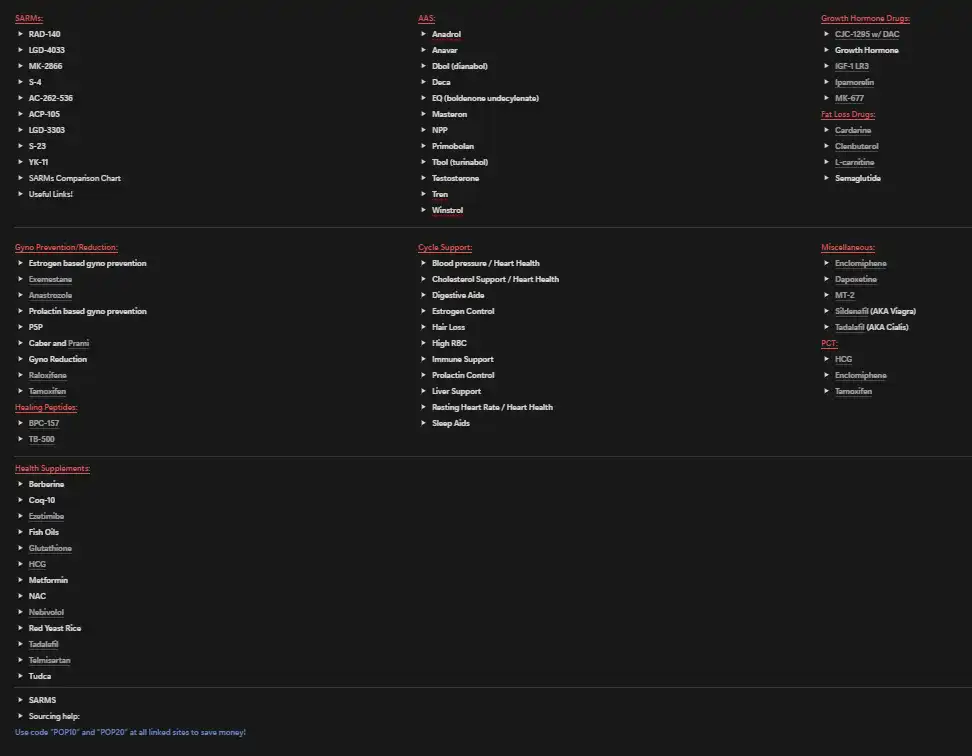Reconstitution is the process of turning a powdered peptide into an injectable liquid solution by mixing it with a solvent.
It’s a simple process, yet many people mess it up and end up with a damaged final product, and wasted peptides.
Keep in mind, the reconstitution process is the exact same for all peptides.
Peptides are sold in powdered form, and before they can be injected, they must be reconstituted.
Peptides should be reconstituted with bacteriostatic water (BAC). BAC is bacteria-proof water containing 0.9% Benzyl Alcohol.
Doing the reconstitution with sterile water is also an option, but BAC water is better if you want to store your reconstituted peptide i.e not inject the whole thing right away. So that’s what I recommend you use.
To read more about that, here’s an article on BAC vs sterile water for reconstituting peptides.
To do the peptide reconstitution you will need the following:
It is best to purchase your BAC water from the same place you get your peptides. Here are my recommendations:
Remove plastic caps from both vials and clean the robber stoppers with alcohol wipes.
Once both vials have been disinfected, you can proceed with extracting the BAC water from its vial and transferring it into the peptide vial.
Use anywhere from 1ml to 5ml of bacteriostatic water per peptide vial. Given the size of Peptide vials, 2ml of BAC water per vial is ideal, but there are exceptions.
By the end of the article, you will logically know which peptides are exceptions based on their dosing & amount per vial.
Or if you don’t want to waste time doing the math, here’s a universal peptide dosage calculator.
Anyways, in case your syringe is in units, here’s how to calculate units into milliliters:
10UI (units) = 0.1ml
100UI (units) = 1ml
If you reconstitute 2ml of bacteriostatic water per vial of a peptide, you would have to take out 200 units of BAC with your syringe.
If your syringe can only hold 100UI or 1ml, then you will have to move 1ml from vial to vial at a time. If this is the case, it may be smart to use different needles. Simply jab a needle inside both vials and take out just the syringe when transferring.
Stick the needle into the bacteriostatic water vial, and pull out your desired amount (2ml in my example, or 1ml twice if there is no room in the syringe).
After you have fully loaded the syringe make sure there are no trapped air bubbles and if there are simply point the needle upwards, lightly tap the syringe so the bubbles float toward the needle, then push them out.
This is important: Place the needle on either side of the peptide vial and slowly inject the BAC water inside, making sure the water slides down the walls before reaching the powder.
If you eject the water directly at the powder, you may damage the peptide and decrease its effectiveness.
Once you’ve filled the peptide vial with the desired amount of liquid do NOT shake it. Instead, swirl it very gently and let the water and powder mix for a few minutes.
If both agents are pure the powder will be fully dissolved.
If there are undissolved chunks after a few minues of swirling and mixing then that means the peptide you bought is not 100% pure.
In which case next time shop from a more reputable vendor. Here are my trusted souces:
Store your reconstituted peptide in a refrigerator and use within 30 days. This only applies if your peptide was reconstituted in BAC water.
Peptides reconstituted in sterile water are to be used immediately and not meant for storage. They will lose potency after a few days.
Reconstituting peptides is a simple but very touchy process, especially if it’s your first time. The instructions in this article will guide you to doing it as optimally and easily as possible, and hopefully, save you a ton of headaches.
premium resources

Everything you would ever want or need to know about SARMs to use and recover from them. Also includes other research chemicals.

An all-in-one guide that will teach you how each of the peptides works, how you can use them and find the perfect one (or stack) to reach your goals.

Wish there was ONE comprehensive, easy-to-read guide to get you fully informed on the safe and effective use of anabolic steroids?

Improve penile function, get harder fuller and longer-lasting erections, increase stamina in bed and last longer, go more rounds. All the good stuff.

A summary of everything you NEED to know about using PHs as safely as possible, supplements to stay as healthy as possible during cycles and how to recover (PCT).

A document I originally made for my clients. A neat map to the sphere of PEDs and supplements.
You'll receive the link and a once-a-week PED-related article in your inbox upon subscribing.
A special gift to all my email subscribers. The PED Dictionary is a DOC designed to help you navigate the world of enhanced bodybuilding. A game changer for beginners that want to learn more but don't know where to start, and a must-have handbook for even the most advanced enhanced researchers.